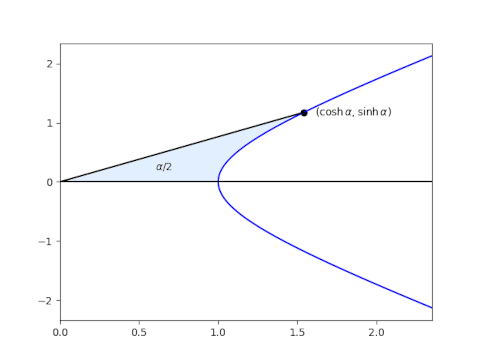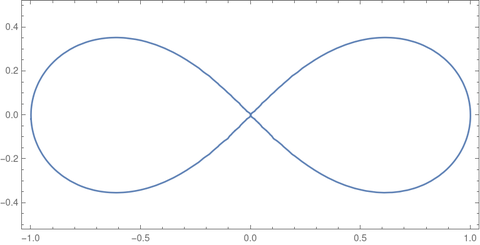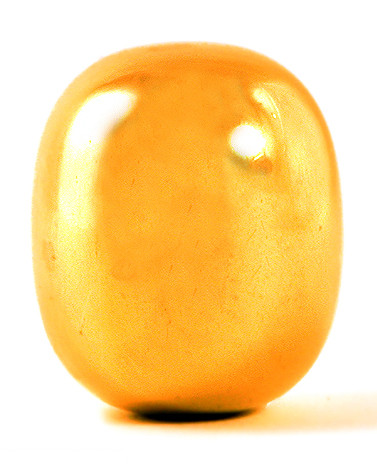We begin with a couple examples.
First, the set of linear transformations from one vector space to another is itself a vector space.
Second, the set of continuous linear operators from one Banach space to another is itself a Banach space. Or maybe better, this set can be made into a Banach space.
In the first example, it’s pretty obvious how to add linear transformations and how to multiply a linear transformation by a scalar.
The second is a little more involved. Banach spaces are vector spaces, but with more structure. They have a norm, and the space is complete with respect to the topology defined by that norm. So while it’s obvious that the set of continuous linear operators between two Banach spaces is a vector space, it’s not quite obvious that it is in fact a Banach space. The latter requires that we define a norm on this space of continuous operators, and that we prove that this new space is complete. That’s why I said the set “can be made into” a Banach space because some construction is required.
The fancy way to describe these examples is to say that they are both examples of a category enriched over itself. A category is “enriched” if the set of morphisms [1] between two objects can be given the structure of a category itself, a category with more structure than the category of sets. This new category need not be the same as the one you started out with, but it can be.
If the morphisms between objects in a category C have the structure of category D, then we say C is enriched over D. If C = D, then we say the category is enriched over itself. The category of vector spaces with linear transformations is enriched over itself, as is the category of Banach spaces with continuous linear operators.
This post was motivated by a recent comment that said
Another categorical difference between working with groups and working with abelian groups is that “the category of abelian groups is enriched over itself” — in plainer language, between two groups G and H there’s a *set* of homomorphisms from G to H, but if G and H are abelian then this set of homomorphisms has the structure of an *abelian group* as well!
The proof that the homomorphisms between two Abelian groups forms an Abelian group is very simple. We show that if we define the addition of homomorphisms f and g element-wise, the result is a homomorphism.
The critical step is the third line where we swap the order of f(y) and g(x). That’s where we use the fact that we’re working with Abelian groups.
Denoting the group operation + implies by convention that we’re working with Abelian groups; it goes against convention to use + to denote anything that isn’t commutative. But if our group operation were not commutative, the proof above would be invalid. And not only would the proof be invalid, the theorem would be false. There’s no way to salvage the theorem with a different proof. The set of homomorphisms between two general groups may not be a group.
[1] Think of morphisms as structure-preserving functions. Linear transformations preserve the structure of vector spaces. When our objects have more structure, the morphisms are more restrictive. We wouldn’t want to just consider linear maps between Banach spaces because arbitrary linear maps don’t preserve the topology of the spaces. Instead we look at continuous linear maps. In general morphisms don’t have to be functions, they just have to behave like them, i.e. satisfy the axioms that were motivated by structure-preserving functions.




